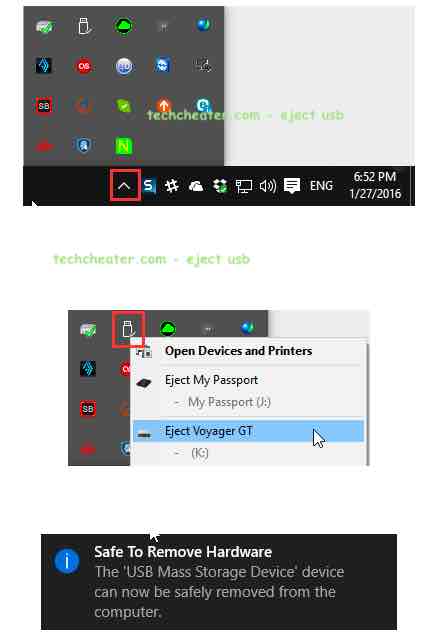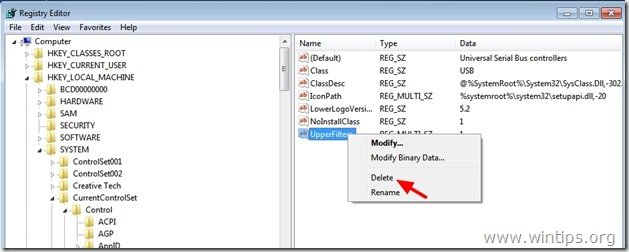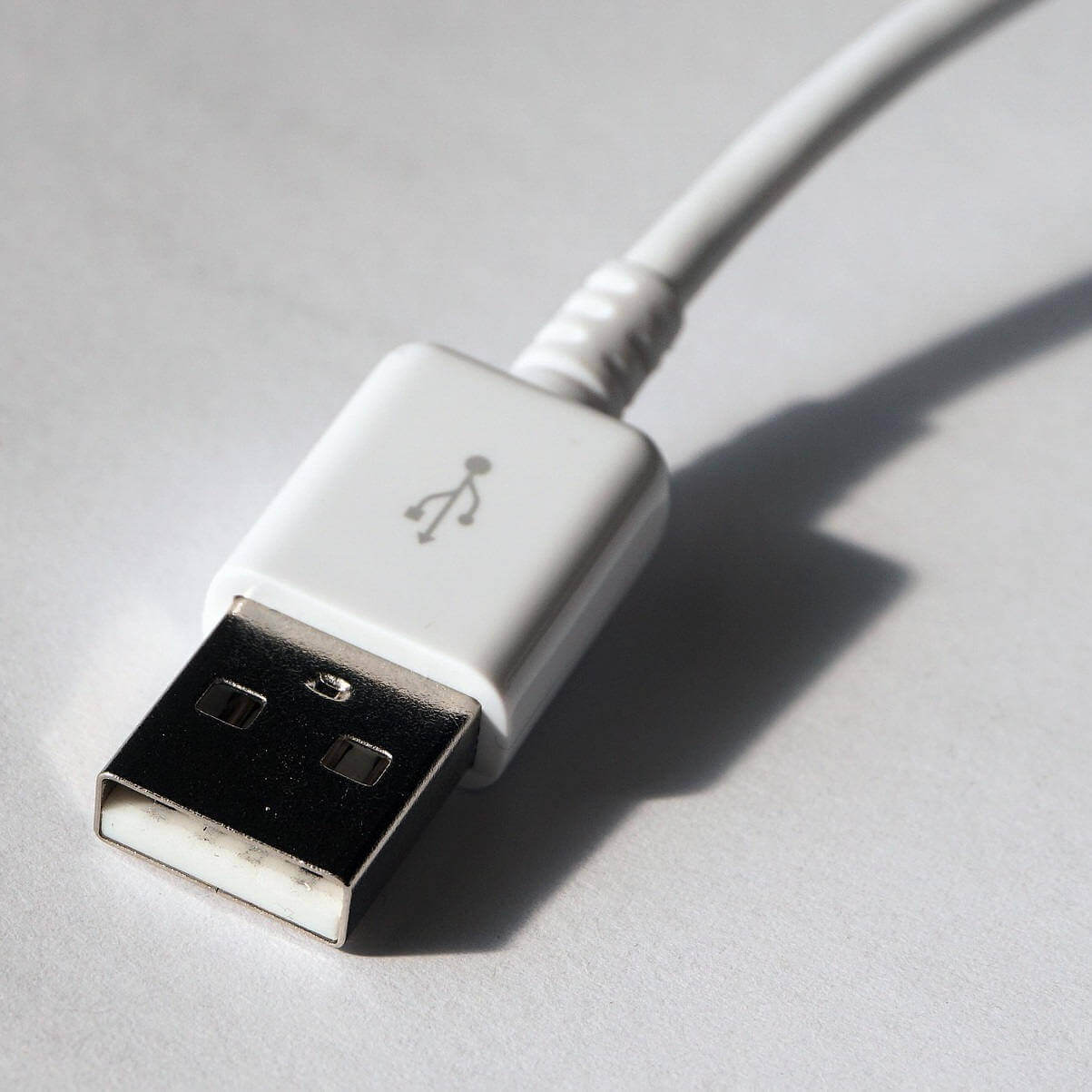Another good reason to install in this way is the installation speed, which is significantly faster than optical drive setup. Many modern devices do not come with an optical drive. Let's see how to transfer Windows 10 setup to a bootable USB stick. Before you can install Windows using a USB, you need to create the installation media itself.
This will be read by your computer once the USB flash drive is connected, allowing it to boot from USB. Below are the steps to create this bootable USB flash drive using the Media Creation Tool issued by Microsoft. I did a restart to see if it would fix a problem I was having.
The message was "boot disk inaccessible". I don't believe it was Microsoft options that then showed on the screen. I believe they were probably DELL options. I tried the restart and troubleshooting options.
I then selected the "RESET" option. It had the options of saving data or complete redo. It removed everything else and did a total new install of the Windows 10 operating system including the latest updates. On Windows 10, you can use at least two tools to create a USB bootable media. You can use the Microsoft Media Creation Tool to download the files onto a removable storage with support for both firmware types .
Or you can use Rufus, a third-party tool that makes it easy to create a flash drive to install Windows with support for UEFI. Once the Wizard finishes installing the files, your computer will reboot. In some unusual cases, you'll get stuck in a boot loop where the system tries to bring you back to the installation process.
This happens because the system might be trying to read from the USB drive instead of from the hard drive that you installed the OS on. If this happens, just remove the USB drive and restart the computer. +1 for a good answer, but I have a comment about file systems.
Most computers can boot both in BIOS mode and UEFI mode from a cloned linux iso file, where there is an iso9660 file system. Some computers can boot from an NTFS file system, for example with a Windows installer extracted from its iso file. I have also booted computers from a UDF file system . Anyway, unless you know all the details, it is best to use a tool to create the USB boot drive, for example mkusb. Go into the bios with your usb stick inserted. Click on the uefi usb drive icon on the main bios page and it should boot directly to your flash drive.
Then when it prompts you to press any key to boot to it. These are the three best methods for starting a clean installation of Windows 10 from a computer with Windows 10 installed already. These options come in handy if you don't happen to have any physical reinstall media such as a USB or DVD.
Remember, you can also create a recovery drive in advancesince this can be helpful if your system reserve drive is damaged. The advanced recovery environment in Windows 10 is used to diagnose and fix issues with your Windows installation. This includes performing a clean Windows 10 install, too. There are several methods for loading the recovery environment.
These methods work even if you don't have the original Windows 10 installation media you used for your first installation. You can use the recovery partition built-in to Windows 10 to reinstall the operating system with these steps. Disabled secure boot and UEFI mode and in legacy mode select first bootable device USB device or DVD and restart the system.
Now you can install windows easily. The process for each computer (or motherboard if you're building a gaming PC) will be different. When you first turn on your computer, there'll be a small line of text telling you which button to press to enter BIOS.
If you don't see it, or it goes away too fast, I suggest consulting your manual for instructions. The utility offers two ways to make the installation media, including using an existing ISO file or downloading the image from the Microsoft servers directly from the app. At the beginning of the setup process, you'll need to choose the language to install, the time and currency format, and the keyboard or input method. In most cases, you won't need to change anything here, but if you do, click the down arrow to display a list of options, and then click the option that you want to select it. Once you've selected the USB drive from the boot menu, your PC will reboot from the USB drive and ask you to press any key to begin the setup of the installation media.
Because CD and DVD disks are becoming less practical, many computers and laptops no longer come with a drive to read and write physical disks. This makes it impossible for you to create or use an installation media unless it's on a bootable USB drive. While this may sound impractical at first, USB sticks have a huge advantage over disks. Sometimes, USB drives might deliver a message to press a button before the PC will boot from your USB device. If this occurs and you don't do anything in response, your PC will look to the next boot option in the sequence order of the BIOS. In most cases, the next option would be your hard drive.
Vera is an editor of the MiniTool Team since 2016 who has more than 5 years' writing experiences in the field of technical articles. In her spare times, she likes shopping, playing games and reading some articles. Mac computers running High Sierra or Mojave may be able to boot from USB flash drives that are ExFAT formatted. So, Apple could fix this problem by changing to Boot Camp Assistant to format the USB flash drive as ExFAT instead of FAT32. For now, you can use the following steps to create a USB Windows 10 flash drive installer. Once the drive has been partitioned, you can download and installWinToHDD, then run it.
Choose the 'reinstall' option and follow the onscreen instructions. Browse for your .ISO file, then select your boot partition . You will get a warning that the drive will be wiped. Proceed with caution for reasons I already explained. USB flash drive, then hit the Next button and select your USB drive from the list. The Windows installation files will start to download to your USB drive.
Power up the computer you're installing Windows 10 on and wait for it to detect the USB drive. If this doesn't happen, reboot, this time pressing the key to access the UEFI/BIOS or boot menu. Ensure the USB device is detected, then select it as the main boot device.
Windows bootable USB drive, mainly contains Windows official ISO files, is mainly used as an OS installation media. With it, you can boot PC from the bootable USB and install Windows OS successfully regardless the computer is running or dead. You can also use the bootable USB to repair some PC errors by setting PC to boot from the USB. Windows 10 won't boot from USB if you created the USB flash drive incorrectly.
Instead, you need to use the correct tools to create installation media on the USB to install Windows 10. If you don't lose all of them, you can choose to repair your computer with the given recovery tools. If you have a system image on an external hard drive, you can solve 99% of computer issues. It contains everything of your system disk and you can restore system image to new hard drive on the current computer. Most PCs are set up to boot from their C drive.
You might be lucky and find that a restart will recognize your new USB thumbdrive loaded with Windows 10. If not, you will have to change the boot order, which means changing the settings in an old-style BIOS chip or a new-generation UEFI system. You can do this from WinRE or Safe Mode, if you can get to those. If not, check your PC's online help files to see if there is a way to do it. If you want to install Windows 8 from a USB device, you need to get the setup files from the DVD to the USB drive. Simply copying them there won't do.
Connecting an external hard drive, USB flash drive, or memory card to your computer and seeing the USB device not recognized error appear sucks. Fortunately, this annoying problem has multiple easy-to-apply solutions, and we've described 10 of them in this article to help you regain access to your data. Bootable USBs are very different from the normal USB drives you use to save or transfer files from PC to PC. The normal method of creating a USB by dragging-and-dropping or copy-and-pasting files to a formatted USB drive is insufficient to create a bootable USB. Many of the hurdles that you might face when making a Windows installation USB drive are overcome with the right tool.
The most versatile one at the moment is Easy2Boot. By following one of the tutorials out there, you can keep your USB drive formatted as NTFS, rather than limiting your options with FAT32. Once you complete the steps, Rufus will run the automated script to download the Windows 10 ISO file from the Microsoft servers. Then you can use the tool to create a bootable media to install Windows 10 on a UEFI device without the need for the Media Creation Tool. At the time of installing a fresh copy of Windows 10, you typically use a USB flash drive to launch the "Windows Setup" wizard to continue with the installation process. Back in the day, installing Windows to a new computer required you to transfer the files to a CD or DVD.
With the advent of technology, installing Windows 10 is simpler now. You will need a USB flash drive and another computer with access to the internet to achieve the same. You can install Windows 10 to a new computer by downloading a copy of the installation files onto a USB flash drive.
It is important to note that the USB flash drive will need to be 8GB or larger. Here is everything you should know. To boot from USB, you need to change the boot order in your computer's BIOS. USB flash drive, and then select your USB from the list. If you've already got your bootable USB ready — simply jump to the "How to Install Windows using Bootable USB" section and set your new copy of Windows up in a matter of minutes. Most modern computers and laptops have completely abandoned the CD or DVD drive, making installation disks obsolete.
While this isn't an issue in many areas, such as video games and movies, it does oppose a roadblock for some software installations. You may want to learn how to installWindows 10,Windows 8.1, andWindows 7using a bootable USB. I was having the same problem on windows 10, and I believe it was because of how I'd formatted my USB stick. Originally I had just created a partition as FAT and was able to load many different ISOs onto the device. Then I made a mistake and had to re-format(?) the whole device, which included re-making the file/partition table.
Originally I just chose the default "Scheme", "GUID Partition Map". From this point on I was having trouble. I had a hunch that it might require the "Master Boot Record" scheme, so I erased the whole USB stick again with that setting. Then when I ran unetbootin again it worked without issue. When using the Windows operating system, you can download the application MediaCreationTool1809.exe.
Can T Load Windows 10 From Usb This allows the creation of either a USB flash drive installer or the download of an ISO file. Mac users do not download an application. Instead, Mac users can only download the ISO file. The MediaCreationTool1809 creates a FAT32 formatted USB installer. So there must be a difference between the files downloaded for the USB installer and the files downloaded in the ISO. I do not know how many of the files are different.
However, I do know the largest file is different. This file contains all the Window 10 images. The MediaCreationTool1809 application creates the file install.esd which is 3.45 GB in size. This is nowhere near the 4 GB limit for files stored on FAT32 formatted volumes.
Unfortunately, the ISO substitutes the file install.wim which is 4.4 GB in size. If you're unable to get your PC to start from a correctly-created bootable USB, even after following our guide on booting from USB drives, it could be any one of many things. This guide will help you figure it out and start your PC from the external recovery media. You will need to erase all data from the USB flash drive you use for this, so make a backup of the important data on it before you proceed.You need to unpack the ISO file. In Windows 7, use the free and open source 7-zip archiver or install Virtual CloneDrive software which is also free.
It creates a virtual drive which can mount ISO images and you can work with them like a regular DVD disk inserted in the physical DVD drive. With the installation media created, you're ready to install Windows 10 from USB. As the USB drive is now bootable, simply remove it from your PC, then insert it into the target device. Restart computer, when MSI logo appears continuously knock F11 key to enter boot menu, select USB booting mode, press key to enter the USB disk. (Take USB as the example. If you use DVD-ROM booting mode please select DVD-ROM).
In most instances, the BIOS will usually not be automatically set to your device. If you skip this step, your computer will start regularly from your hard drive instead of getting boot information from your USB device. If you are with this issue, the most effective way is to reformat the USB and create a Windows installation USB drive again. Then follow Fix 3, 4 to set up the USB, making it bootable again. Many computers including desktops and laptops don't have a CD or DVD drive.


















No comments:
Post a Comment
Note: Only a member of this blog may post a comment.